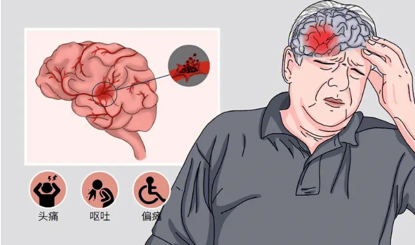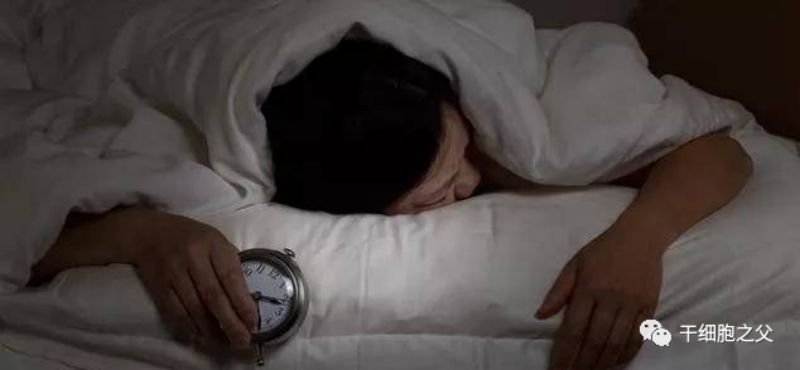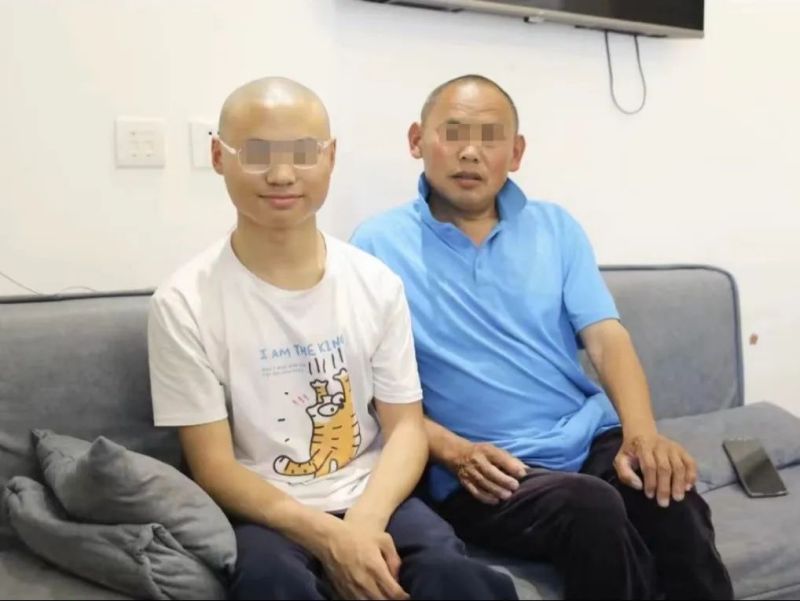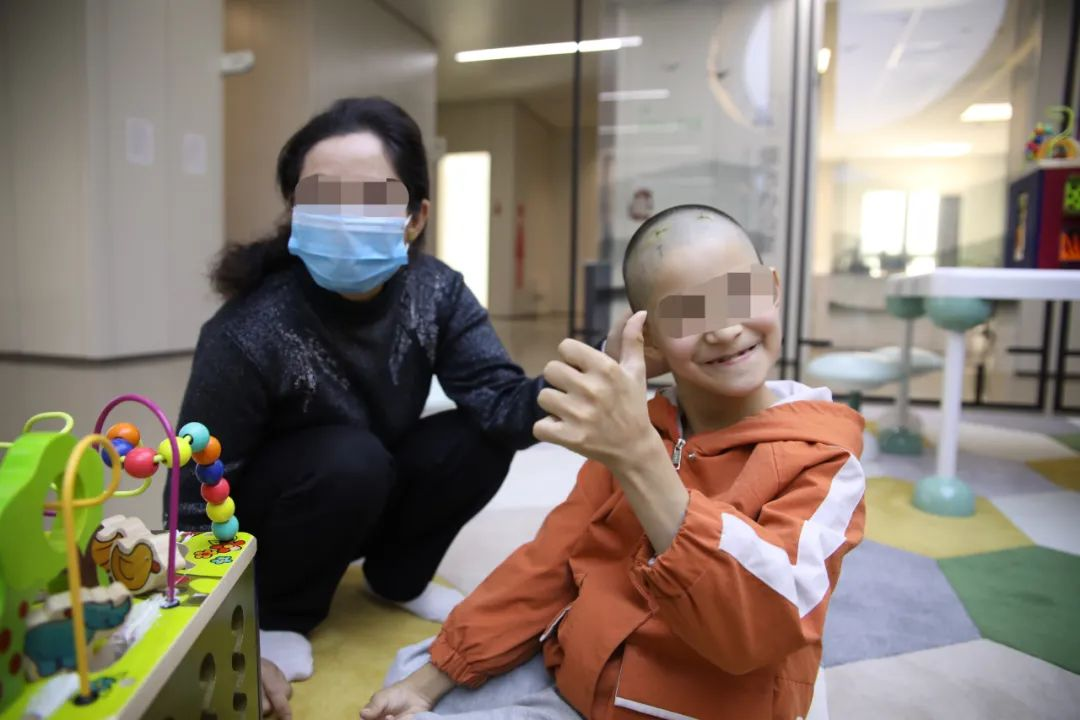"One injection, one year of sleep; holds promise to save 300 million chronic insomnia patients."
Insomnia is no longer exclusive to the elderly. More and more young people are troubled by poor sleep.
The data shows that there are approximately 300 million people in China who suffer from sleep problems or sleep disorders, with one in every ten people on average experiencing sleep disorders. This issue is not limited to the elderly; adults and even children experience varying degrees of sleep disturbances. "Sleep deficiency" in the Chinese context seems to have become a problem across all age groups.
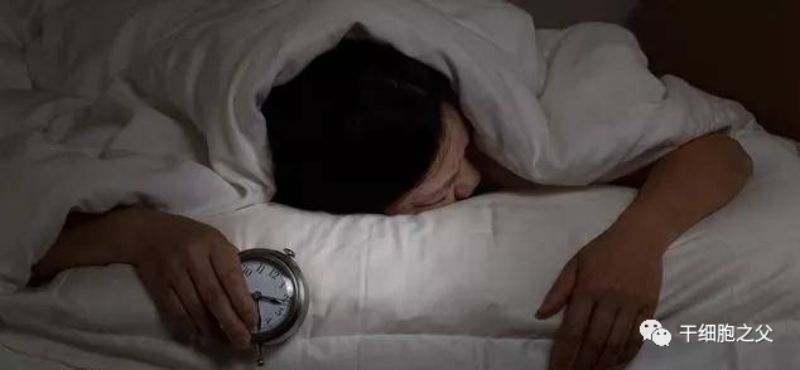
While the causes of insomnia vary, the various problems it brings do affect people's physical health. Treatment for insomnia lacks effective experience, and although sleeping pills can provide short-term relief, long-term use can lead to many side effects. Non-pharmacological treatments, on the other hand, are cumbersome and time-consuming, with unstable efficacy, making it difficult for patients to adhere to them.
Therefore, exploring new therapies has become the focus of doctors' efforts, and the promising results of umbilical cord mesenchymal stem cell therapy undoubtedly open up a new treatment path for insomnia.
An article in the "Chinese Journal of Clinical Psychology" introduced the clinical outcomes of umbilical cord mesenchymal stem cell therapy for insomnia. The results showed that in the drug treatment group, 80% experienced insomnia symptoms and rebound, while in the stem cell treatment group, patients who received treatment only once showed significant improvement in sleep quality and quality of life, which could last for up to one year with no significant adverse reactions.
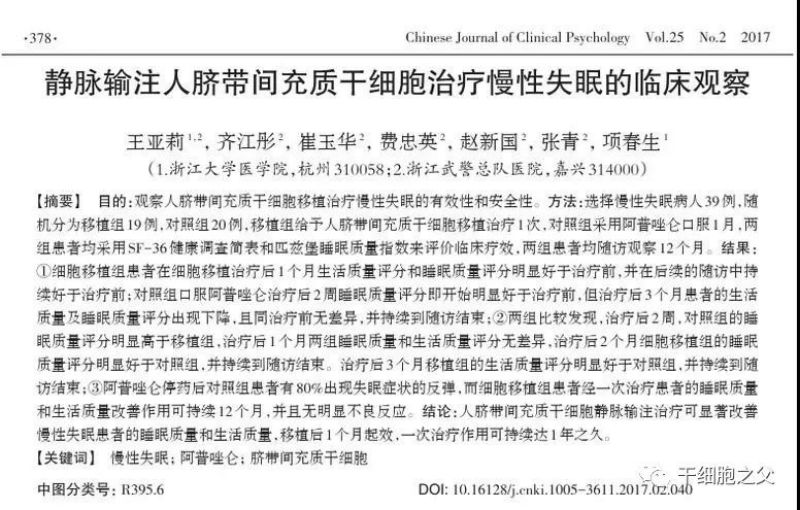
Perhaps, stem cells will bring new hope to the vast population suffering from insomnia.
01
Insomnia = Chronic Suicide?
Why are young people nowadays also joining the ranks of the insomniac "army"?
Research shows that high work pressure is the main culprit affecting sleep quality, followed by life stress, environmental factors, personal habits, and so on. More than 58% of people are willing to sacrifice sleep time to complete their most important tasks.
However, while sacrificing sleep, health risks are also being planted. In addition to causing fatigue and irritability, insomnia may also increase the risk of illness.
Normal sleep is when most of the body's systems are in a state of synthesis and metabolism. This helps in the restoration of the immune, nervous, skeletal, and muscular systems, thereby maintaining various bodily functions. For adults, 7-8 hours of sleep per day is necessary. Poor sleep quality or inadequate sleep can increase the risk of various diseases, such as obesity, diabetes, cancer, and cardiovascular diseases.
Furthermore, long-term sleep deprivation can compromise your immune system! A study conducted in Germany has demonstrated this, showing that sleep loss significantly reduces the efficiency of T cells, which are essential for enhancing the body's immune response and combating cancer.

Gα-coupled receptor signaling and regulation of sleep modulate antigen-specific activation of human T cells.
It can be seen that insomnia is tantamount to "chronic suicide" for a normal person. However, in clinical practice, apart from pharmacological and non-pharmacological treatment methods, there is no other way to treat chronic insomnia. Moreover, the side effects of drugs are significant, and non-pharmacological treatments are time-consuming and prone to relapse, which has always plagued the majority of insomnia patients.
02
200 million insomniacs, protected by stem cells.
The emergence of stem cells has brought hope to many neurological disorders.
Long-term insomnia is often accompanied by neuronal malnutrition, atrophy, degeneration, and even apoptosis, disrupting the homeostasis of the body's immune system. It can also promote the release of inflammatory cytokines, leading to conditions such as depression, anxiety disorders, and neurological disorders.
Umbilical cord mesenchymal stem cells possess excellent tissue repair, immune modulation, and anti-inflammatory properties. If applied to patients with sleep disorders, they are likely to have similar effects in repairing tissues and reducing inflammation, thereby improving sleep disorders.
After transplanting umbilical cord mesenchymal stem cells into 39 patients with chronic insomnia and following up for 12 months, the results revealed that the group treated with stem cell transplantation showed significantly improved quality of life scores and sleep quality scores one month after stem cell therapy compared to before treatment. These improvements were sustained during the subsequent follow-up period compared to before treatment.
Although the drug treatment group initially showed promising efficacy, after 3 months of treatment, the patients' quality of life and sleep quality scores began to decline, showing little difference compared to before treatment.

Comparison of patient scores before and after treatment in both groups.
Most importantly, 80% of patients in the medication treatment group experienced rebound insomnia symptoms, which was not observed in the stem cell treatment group. Stem cell improved and enhanced sleep treatment with just one session and can last for up to 12 months, with no apparent adverse reactions.
Research has confirmed the promising efficacy of stem cells . With the continuous development of regenerative medicine, it is believed that stem cells can expand into more disease areas, bringing hope to more patients.








